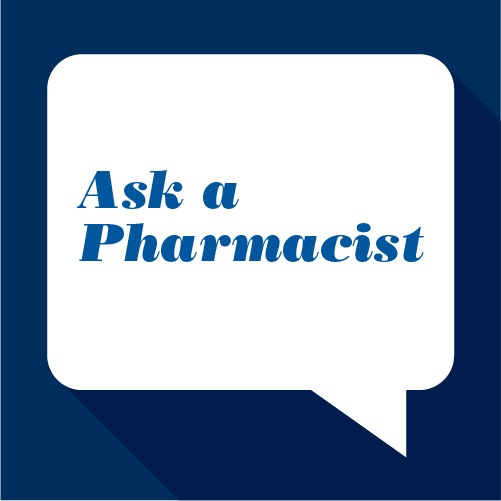August 1, 2020
The timing of back to school coincides with the beginning of cold and flu season and ushers in a whole host of new ways for our children to be exposed to cold and flu viruses. Unfortunately, there are no guaranteed ways to prevent illnesses this time of year, but there are some strategies that we can use to reduce risk.
The common cold is caused by a variety of different viruses that cause similar symptoms. There are no vaccines for the common cold and no medications or supplements to reliably prevent catching it (despite what many claim). Cold viruses can live on hands and other surfaces and can infect us when we touch our face, eyes, nose or mouth after encountering it. Therefore, the focus should be on preventing the spread of the cold by focusing on good hygiene. Teach and encourage your children to wash their hands often, to cover their mouth and nose with their elbow when they cough and to avoid touching and rubbing their face throughout the day.
Influenza is a very different illness. Its symptoms are much more severe than the cold, and complications from the flu are responsible for around 56,000 deaths in the US each year. It also spreads more easily from person to person than the common cold. Fortunately, there is a proven way to reduce your child’s risk of contracting the flu in addition to practicing good hygiene: the annual flu vaccine. The flu shot has been shown to reduce your risk of catching the flu by 40–60% and will generally reduce the severity of the flu — and your chances of needing hospitalization — if you do happen to catch it. Remember that it takes about two weeks for your body to produce immunity after getting the shot, and always avoid people with known illness whenever possible.
The views and opinions expressed above are those of the author and do not necessarily represent that of AmerisourceBergen Drug Corporation. The content is for informational purposes only and is not intended to diagnose, prescribe or treat any health condition and should not be used as a substitute for consulting with your health professional.

